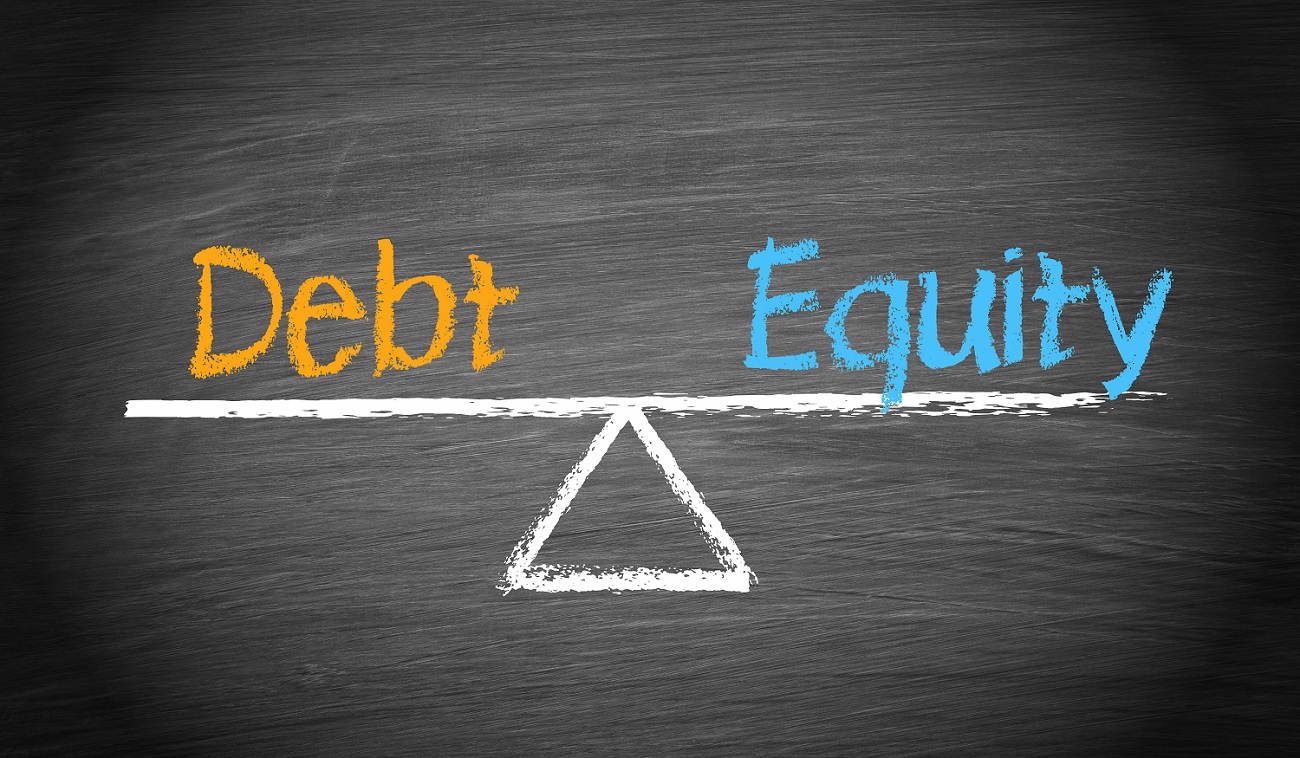Debt To Equity Ratio: Its Formula And How To Use It

The debt-to-equity ratio is a metric that measures a company’s financial leverage.
The ratio is calculated by dividing total liabilities by shareholders’ equity.
Debt to equity is important for assessing a company’s ability to pay back its debts and meet its financial obligations.
*** SPECIAL NOTE *** – If your credit cards, personal loans, or medical debts have become unmanageable and you owe over $20,000… then go here for debt relief. We can help!
How To Calculate A Debt-To-Equity Ratio
To calculate a debt-to-equity ratio, simply divide a company’s total liabilities by its shareholders’ equity.
For example, if a company has a total of $10 million in total liabilities and shareholders’ equity of $5 million, its debt-to-equity ratio would be 2.0 ($10 million / $5 million).
This means that for every $1 of equity, the company has $2 of debt.
How To Use A Debt-To-Equity Ratio
There are a few key ways to use the debt-to-equity formula:
- It can be used as a comparison tool to assess a company’s financial leverage compared to its competitors or the industry average.
- It can be used as a red flag for potential financial risk.
- It can provide insights into a company’s ability to use debt effectively and pursue growth opportunities.
What Does A High Or Low Debt-To-Equity Ratio Mean?
The most common levels of debt-to-equity ratio are high and low.
A high debt-to-equity ratio may indicate that a company relies heavily on borrowing to finance its operations and growth, which can be risky.
On the other hand, a low debt-to-equity ratio may indicate that a company is not maximizing its use of leverage and potential growth opportunities.
It is important to note that the debt-to-equity ratio only considers a company’s liabilities and equity and does not consider other sources of financing, such as preferred stock or convertible debt.
Additionally, the calculation does not consider a company’s debt terms and interest rates, which can also impact its financial health.
What To Consider When Evaluating Debt-To-Equity Ratios
When evaluating debt-to-equity ratios, it is essential to consider the industry and any red flags in which a company operates, as different industries have varying levels of acceptable debt.
Comparing a company’s debt-to-equity ratio with its competitors is also essential.
Investors and analysts generally look for companies with lower debt-to-equity ratios as they tend to be financially healthier and more stable.
However, assessing a company’s ability to manage and strategically use its debt effectively is also important.
Ultimately, the debt-to-equity ratio should be considered along with other financial metrics in making investment decisions.
Final Takeaways About Calculating Debt-To-Equity Ratio:
- Debt-to-equity ratio is the measurement of a company’s financial leverage, calculated by dividing its total liabilities by shareholders’ equity
- A high debt-to-equity ratio may indicate the company is relying heavily on borrowing and could be risky, while a low ratio may indicate missed growth opportunities.
- Debt-to-equity ratio should be considered in relation to the industry and competitor comparisons, as well as other financial metrics
- Non-recurring events and other financing sources should also be considered when analyzing a company’s debt-to-equity ratio.
At Americor, we understand the unique financial challenges people are facing today.
As America’s trusted source for debt relief solutions, we aim to empower you with financial knowledge that can lead to informed decisions, whether it’s about savings, investments, or managing debt.
If your debt has become unmanageable and you have difficulty making your debt payments each month, then you should consider a FREE consultation call with one of our certified Debt Consultants, who can provide personalized debt relief advice tailored to your specific needs.
By taking proactive steps today, you can put an end to your financial stress and work towards a brighter financial future.
Remember, there is always hope for debt relief, and our team of experienced professionals are ready to guide you on your journey to regaining control of your finances.
For more information on Americor’s debt relief services, contact us today to see how we can help you eliminate your debts, and get on the fast-track to becoming completely debt-free!